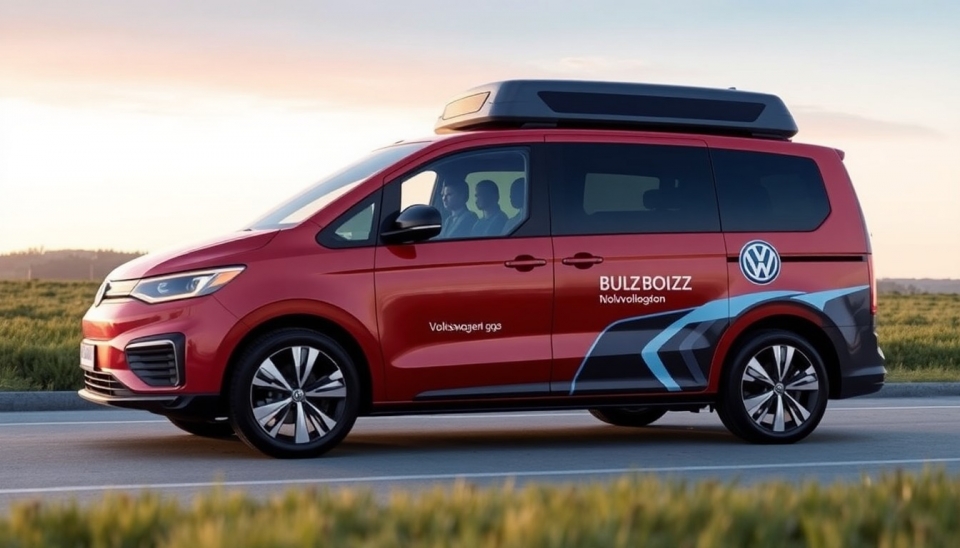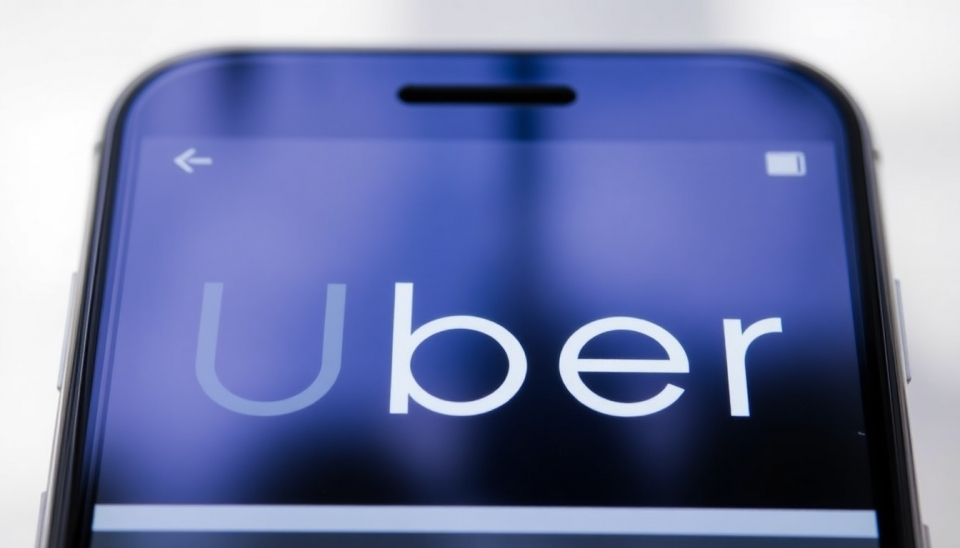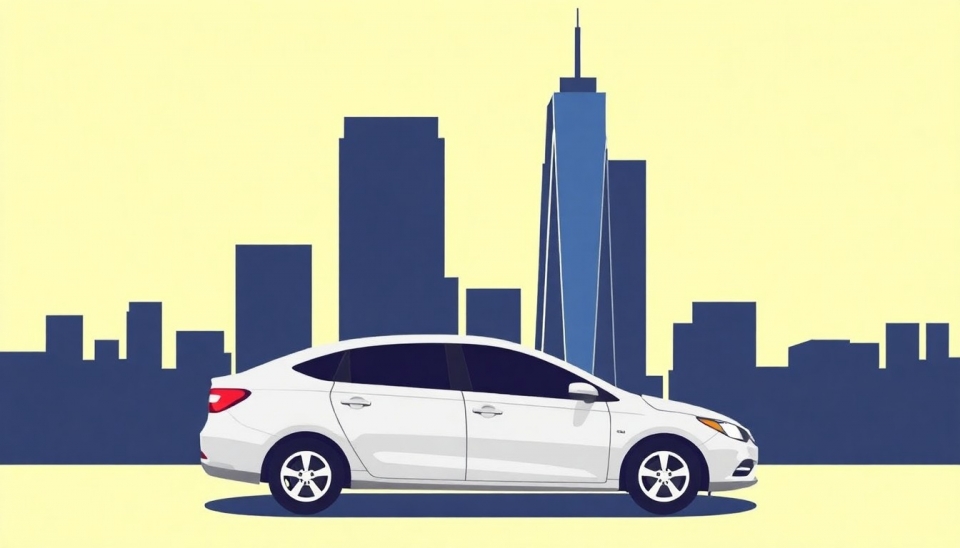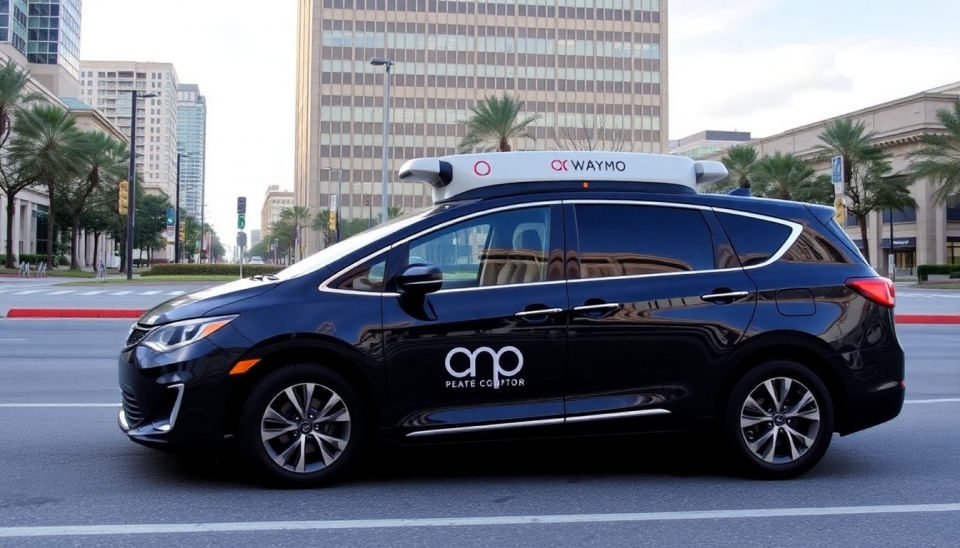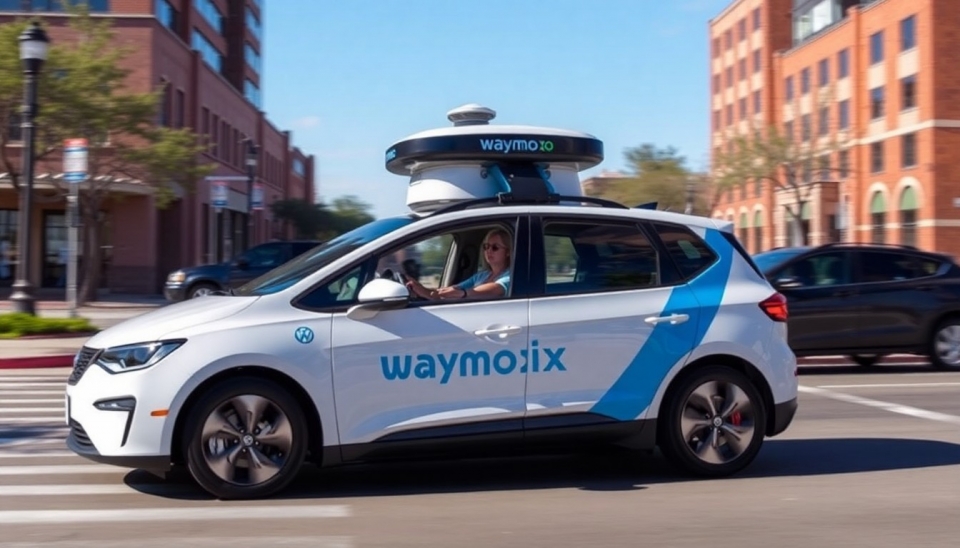
Recent findings from a report indicate that ride-hailing giants Uber and Lyft are witnessing a significant surge in their fare prices, with an increase of 7.2% registered over the past year. This rise in costs could pose a considerable threat to customer loyalty and retention, as riders may start to seek alternative transportation options due to the higher prices.
The transportation industry has experienced volatile fare pricing for many reasons, including rising operational costs and inflationary pressures. This price hike comes at a time when consumers have numerous alternatives for mobility, from public transport to traditional taxis and even car-sharing services. In this climate, it is crucial for both Uber and Lyft to assess their pricing strategies to maintain their customer base.
The report highlights that a growing number of consumers are becoming price-sensitive, particularly in the face of increasing living costs. Many riders have begun to notice the steep fare increases and may be exploring other options that offer more reasonable pricing. As ride-hailing companies continue to raise their prices, they must also devise effective strategies to retain their existing customers and attract new ones.
Uber and Lyft have previously relied on significant investments and promotions to sustain their growth, but the current economic climate may hinder their ability to do so. As competitors enter the market and public sentiment shifts, both companies may face challenges that could affect their profitability in the long term.
Experts in the mobility sector suggest that consumer preferences may be changing, prompting a reevaluation of how ride-hailing services position themselves against alternatives. The companies will need to innovate and potentially offer additional features or benefits to justify the recent fare increases and keep their loyal customer base from drifting away.
Additionally, both Uber and Lyft are encouraged to closely monitor customer feedback and adjust their pricing models accordingly. Implementing loyalty programs or introducing transparent fare structures could be beneficial strategies to enhance user experience and satisfaction. Ultimately, the success of these companies may depend on their ability to adapt to changing market dynamics and improve value propositions for their customers.
As the ride-hailing landscape evolves, the question remains: Can Uber and Lyft maintain their dominance in an increasingly competitive environment where customers are sensitive to fare fluctuations? Only time will tell how these companies navigate the challenges ahead and what impact this latest fare increase will have on their user bases moving forward.
#Uber #Lyft #RideHailing #FareIncrease #CustomerRetention #TransportationTrends #Mobility #RideSharing
Author: Liam Carter
